With the increasing emphasis on sustainable and energy-efficient solutions, the use of solar energy has gained significant popularity. One of the most common applications of solar energy is the heating of water, which accounts for a significant portion of residential energy consumption. DIY solar water heaters without a pump offer an affordable and environmentally friendly way to harness solar energy for water heating. This article will provide a comprehensive overview of the concept, construction, benefits, and limitations of DIY solar water heaters without pumps. Understanding DIY Solar Water Heaters without a Pump: A DIY solar water heater without a pump operates on the principle of natural convection, also known as thermosiphoning. This process relies on the density difference between hot and cold fluids to circulate the water between the collector and storage tank. As water is heated by solar energy in the collector, it becomes less dense and rises to the tank due to buoyancy. At the same time, cooler water from the tank flows down to replace the heated water in the collector, resulting in a continuous flow without the need for an electric pump. Construction and Components: The construction of a DIY solar water heater without a pump involves a few key components: 1. Collector: This is typically a black, heat-absorbing surface made of materials such as copper or aluminum. It is responsible for collecting solar energy and transferring it to the water passing through it.
Solar water
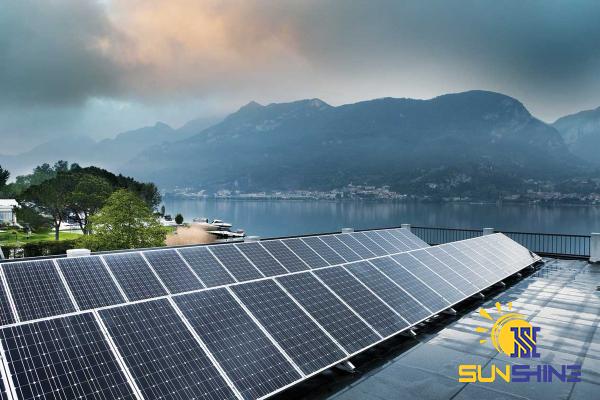 2. Storage Tank: This tank acts as a reservoir for storing the heated water. It can be made from various materials such as plastic, glass, or metal, depending on the scale of the system. 3. Inlet and Outlet Pipes: These pipes connect the collector and storage tank, allowing the flow of water for circulation. They must be insulated to prevent heat loss during the transfer. 4. Insulation: Proper insulation is crucial to minimize heat loss and ensure optimal system efficiency. Insulating materials such as foam or fiberglass are used to insulate the collector, tank, and pipes. 5. Check Valve: A check valve is often added to prevent the reverse flow of water, which can disrupt the thermosiphoning process. Benefits of DIY Solar Water Heaters without a Pump: 1. Low Cost: One of the main advantages of DIY solar water heaters without a pump is their affordability. By using readily available materials and simple construction techniques, these systems can be built at a fraction of the cost of commercial solar water heating systems. 2. Energy Efficiency: DIY solar water heaters without a pump operate passively, meaning they do not rely on electricity to circulate the water. As a result, they have a lower carbon footprint and are more energy-efficient compared to systems that require pumps. 3. Environmental Sustainability: Solar energy is a clean and renewable source of energy. By using solar water heaters, individuals can reduce their reliance on fossil fuels, lower greenhouse gas emissions, and contribute to a more sustainable future.
2. Storage Tank: This tank acts as a reservoir for storing the heated water. It can be made from various materials such as plastic, glass, or metal, depending on the scale of the system. 3. Inlet and Outlet Pipes: These pipes connect the collector and storage tank, allowing the flow of water for circulation. They must be insulated to prevent heat loss during the transfer. 4. Insulation: Proper insulation is crucial to minimize heat loss and ensure optimal system efficiency. Insulating materials such as foam or fiberglass are used to insulate the collector, tank, and pipes. 5. Check Valve: A check valve is often added to prevent the reverse flow of water, which can disrupt the thermosiphoning process. Benefits of DIY Solar Water Heaters without a Pump: 1. Low Cost: One of the main advantages of DIY solar water heaters without a pump is their affordability. By using readily available materials and simple construction techniques, these systems can be built at a fraction of the cost of commercial solar water heating systems. 2. Energy Efficiency: DIY solar water heaters without a pump operate passively, meaning they do not rely on electricity to circulate the water. As a result, they have a lower carbon footprint and are more energy-efficient compared to systems that require pumps. 3. Environmental Sustainability: Solar energy is a clean and renewable source of energy. By using solar water heaters, individuals can reduce their reliance on fossil fuels, lower greenhouse gas emissions, and contribute to a more sustainable future.
Specifications of solar water
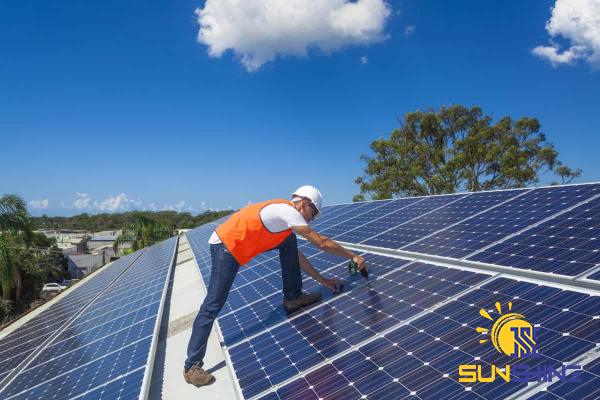 4. Reduced Energy Costs: By harnessing the power of the sun, DIY solar water heaters can significantly reduce energy bills associated with conventional water heaters, especially in regions with ample sunlight. 5. Reliability and Durability: DIY solar water heaters without a pump have relatively simple designs, which makes them reliable and durable. With fewer moving parts, there is less chance of mechanical failures, resulting in lower maintenance costs. Limitations and Considerations: While DIY solar water heaters without a pump offer numerous benefits, there are a few limitations and considerations to keep in mind: 1. Climate: The effectiveness of solar water heaters depends on the amount of sunlight available. Regions with long and sunny days will yield higher efficiencies, while areas with limited sunlight may not experience the desired heating performance. 2. Size and Scale: DIY solar water heaters without a pump are typically suitable for residential or small-scale applications. For larger systems, it may be necessary to incorporate additional components such as pumps or controllers to optimize performance. 3. Maintenance: Although DIY solar water heaters are low maintenance, they still require periodic inspections and cleaning to ensure optimal performance. Regular checks on insulation, seals, and pipes are essential to prevent heat loss and system inefficiencies.
4. Reduced Energy Costs: By harnessing the power of the sun, DIY solar water heaters can significantly reduce energy bills associated with conventional water heaters, especially in regions with ample sunlight. 5. Reliability and Durability: DIY solar water heaters without a pump have relatively simple designs, which makes them reliable and durable. With fewer moving parts, there is less chance of mechanical failures, resulting in lower maintenance costs. Limitations and Considerations: While DIY solar water heaters without a pump offer numerous benefits, there are a few limitations and considerations to keep in mind: 1. Climate: The effectiveness of solar water heaters depends on the amount of sunlight available. Regions with long and sunny days will yield higher efficiencies, while areas with limited sunlight may not experience the desired heating performance. 2. Size and Scale: DIY solar water heaters without a pump are typically suitable for residential or small-scale applications. For larger systems, it may be necessary to incorporate additional components such as pumps or controllers to optimize performance. 3. Maintenance: Although DIY solar water heaters are low maintenance, they still require periodic inspections and cleaning to ensure optimal performance. Regular checks on insulation, seals, and pipes are essential to prevent heat loss and system inefficiencies.
buy Solar water
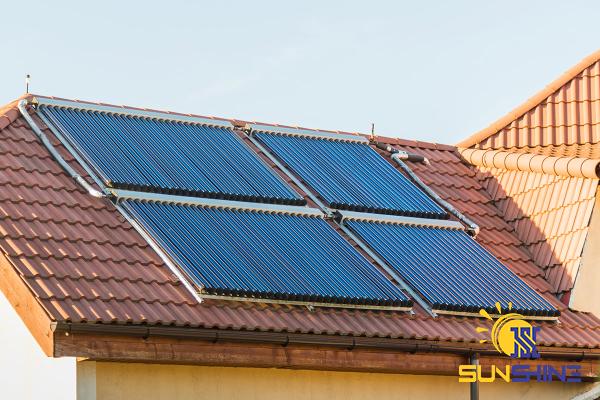 4. Backup Heating System: In colder climates or during periods of low sunlight, a backup heating system, such as a conventional water heater, may be necessary to maintain a consistent supply of hot water. 5. Installation Considerations: Proper installation is crucial for the performance and longevity of DIY solar water heaters. Factors such as roof orientation, tilt angle, and shading should be considered to maximize solar energy absorption. Conclusion: DIY solar water heaters without a pump offer an accessible and eco-friendly solution for harnessing solar energy to meet residential hot water needs. With their simplicity, low cost, and reduced environmental impact, these DIY systems provide an attractive alternative to conventional water heaters. However, it is important to consider various factors such as climate, maintenance requirements, and backup systems to ensure optimal performance and reliable hot water supply. By embracing DIY solar water heaters without a pump, individuals can take an active role in reducing their carbon footprint and contributing to a more sustainable future.
4. Backup Heating System: In colder climates or during periods of low sunlight, a backup heating system, such as a conventional water heater, may be necessary to maintain a consistent supply of hot water. 5. Installation Considerations: Proper installation is crucial for the performance and longevity of DIY solar water heaters. Factors such as roof orientation, tilt angle, and shading should be considered to maximize solar energy absorption. Conclusion: DIY solar water heaters without a pump offer an accessible and eco-friendly solution for harnessing solar energy to meet residential hot water needs. With their simplicity, low cost, and reduced environmental impact, these DIY systems provide an attractive alternative to conventional water heaters. However, it is important to consider various factors such as climate, maintenance requirements, and backup systems to ensure optimal performance and reliable hot water supply. By embracing DIY solar water heaters without a pump, individuals can take an active role in reducing their carbon footprint and contributing to a more sustainable future.
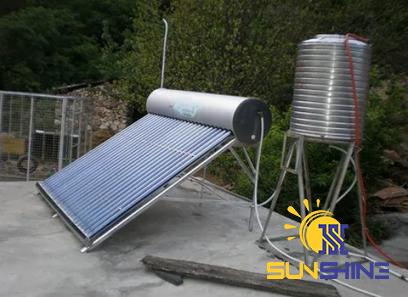
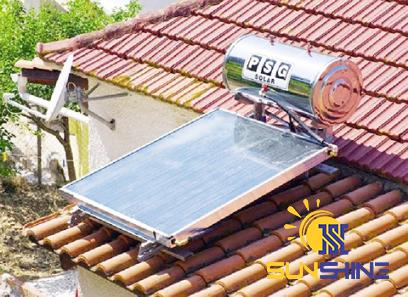
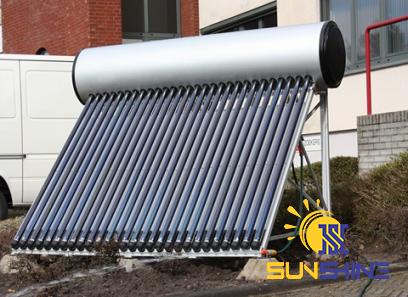
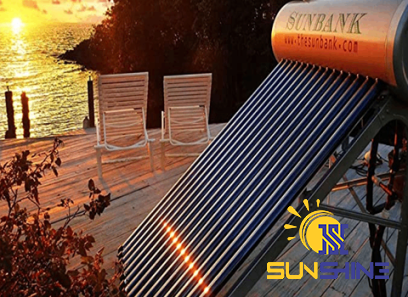
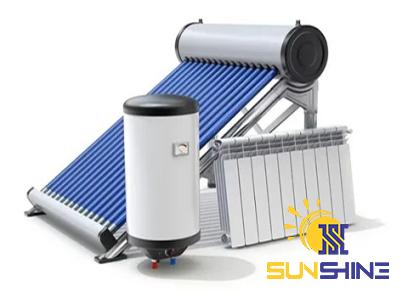
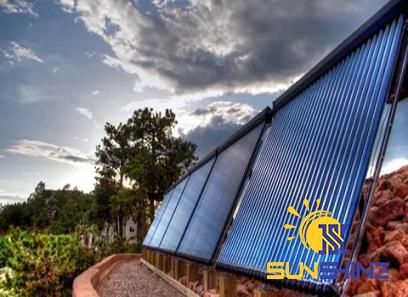
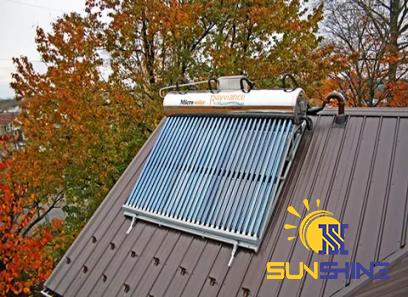
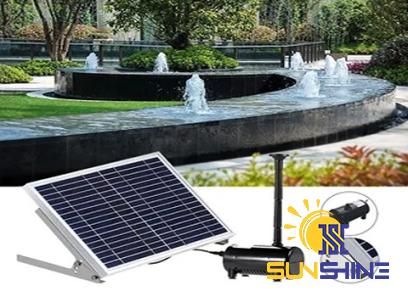
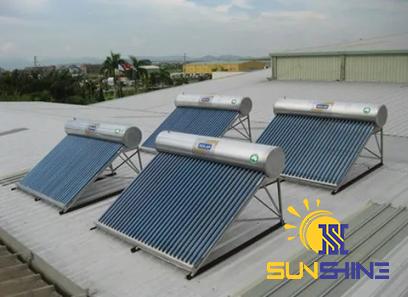
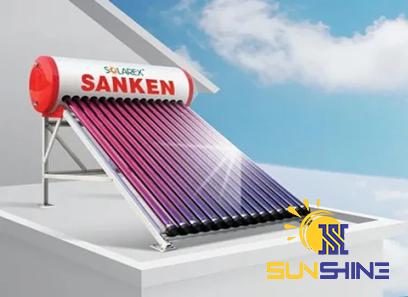
Your comment submitted.